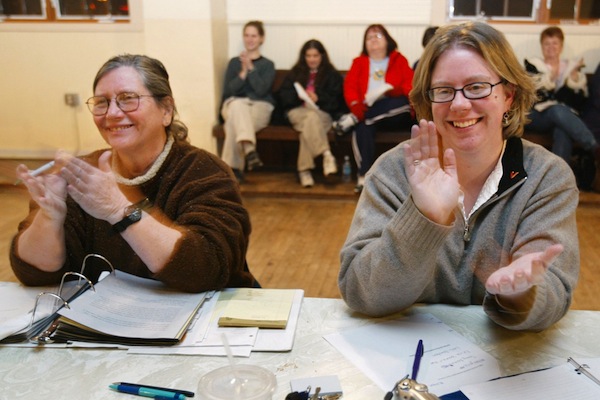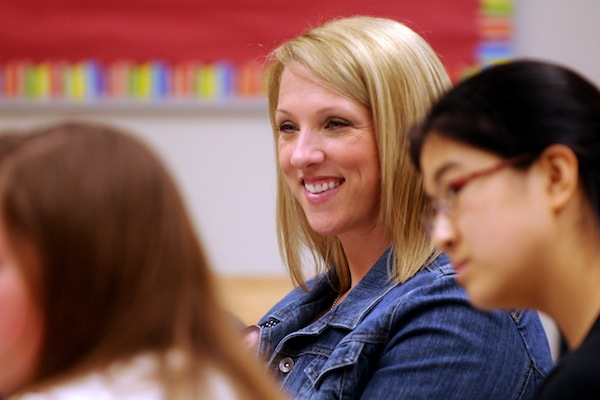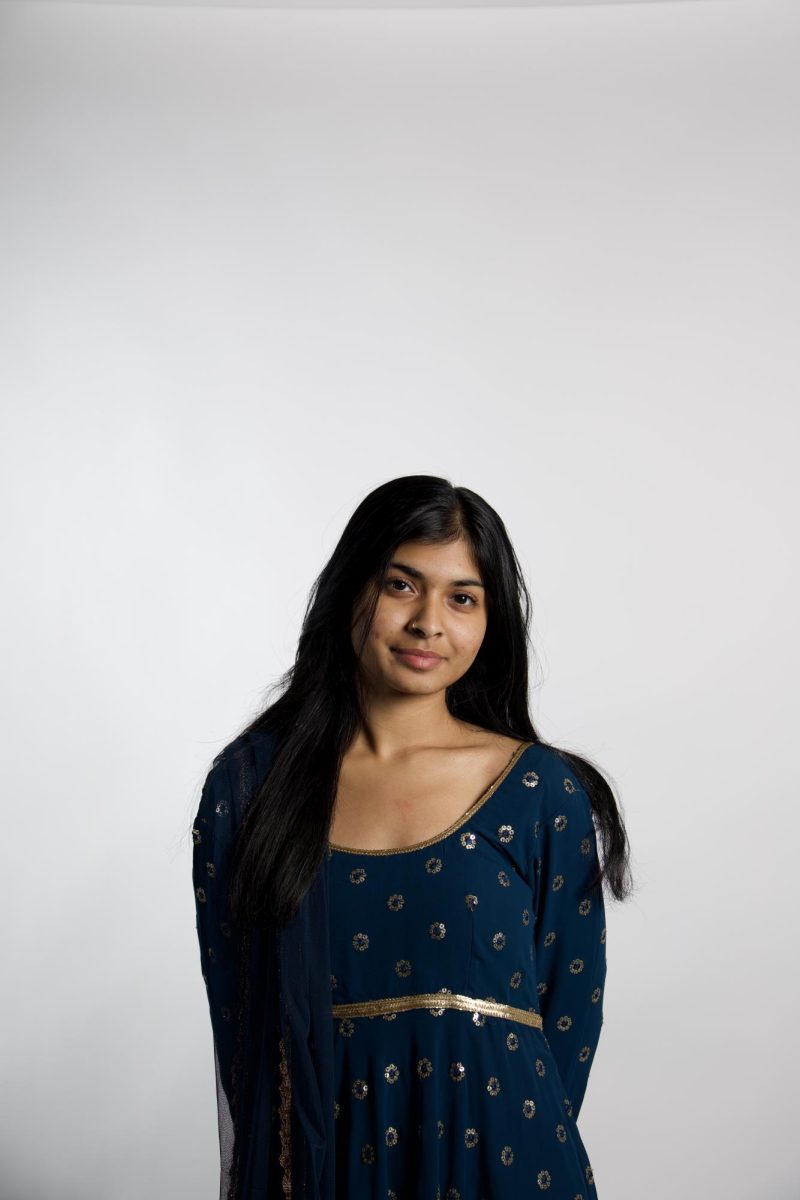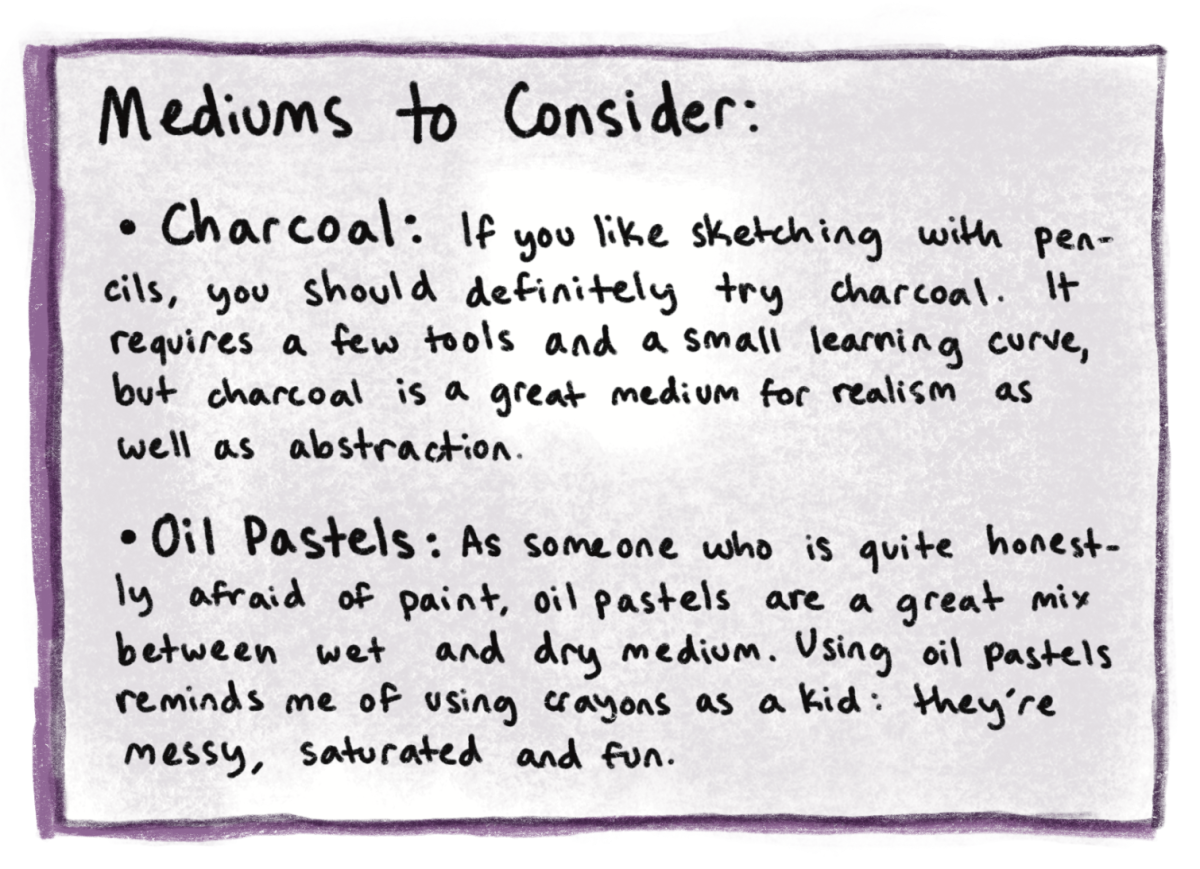As fall rolls around and September turns into October, a multitude of things fill the minds of students – the end of the first six week grading period, the chill in the air, and, of course, Homecoming. But as a true kid at heart, the best part of the new month is Halloween.
Since the second half of the nineteenth century, Americans have associated Halloween with dressing up in costumes and trick-or-treating. However, Halloween’s origins begin much farther back in history. About 2,000 years ago, the ancient Celts celebrated the end of summer and the beginning of winter on Nov. 1. The night before, on Samhain, they celebrated the return of the dead to the earth with large bonfires and elaborate costumes.
After the Romans conquered Celtic territory, the tradition of Samhain was joined with Roman festivals honoring the passing of the dead and the Roman goddess of fruit and tress, Pomona. This may have begun the tradition of bobbing for apples, Pomona’s symbol, that many children enjoy on Halloween. By the eighth century, the Celtic holiday had merged with the Catholic feast of All Martyrs Day, and finally created the true All-Hallows Eve, or Halloween.
When the holiday first reached America, it was a time to celebrate the harvest, share stories of the deceased, dance and sing, tell ghost stories, and have a good time with neighbors. However, as more Americans began to dress up and go door-to-door asking for money or food, the Halloween we know today began to form.
Halloween is my favorite holiday of the year. I mean, who doesn’t like free candy? Today, the elements of fear and superstition have been replaced with jokes and games, and every Oct. 31 the streets shine with lights and jack-o-lanterns and resonate with joyful shrieks, ringing doorbells, and corny jokes from house to house. Just standing outside leaves you with a strong sense of community and happiness.
For me, you can never get too old for trick-or-treating, and local laws barring children over a certain age from trick-or-treating are absolutely absurd. Yes, there are some kids who steal all the candy or hide in the shadows scaring younger kids. But the majority of teenagers just want to have fun like everyone else! Since when did age ever have to do with anything when it comes to holidays?
Halloween is and always will be a time of pure joy. It’s impossible for Halloween to ever get boring or disappointing. Every year, it’s just as exciting to comb through the racks of animal suits, princess dresses, and superhero capes for the perfect costume. It feels just as self-accomplished to carve the guts out of a fresh pumpkin, light a candle, and watch its eyes flicker in the wind. It’s just as thrilling (and tiring) to fill your bag with well-deserved candy. It’s always just as exhilarating to sit on the floor, trading and sorting candy with friends.
For me, Halloween is the perfect time to let your inner kid out…when you have time for it. Some years, you get lucky and Halloween is on a Friday or Saturday, and you can stay up as late as you want without a care or worry for school or homework. This year, we weren’t so fortunate. I can already predict Oct. 31 as a horrendously long Monday night of AP World notes and the constant ringing of the doorbell, as if luring me out to join the festivities of the night. How am I supposed to focus on school with that?
So here’s my proposal: change Halloween to the last Friday of the month. That way, students can have fun dressing up in their costumes to school, yet still enjoy their night homework and worry free. Better yet, if changing the date takes away from the importance of the holiday’s history, have no school the next day. Otherwise, all you’re going to get is a lot of jittery, sleep-deprived, unprepared students. #
(This column represents the opinion of the writer.)










